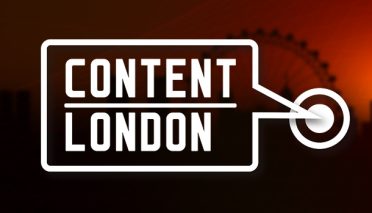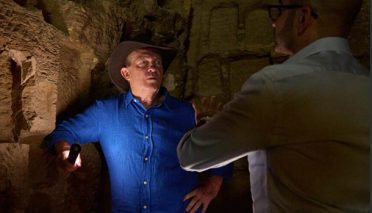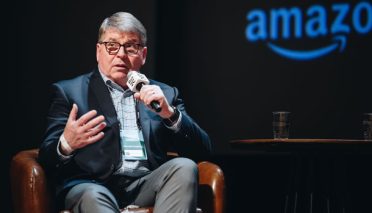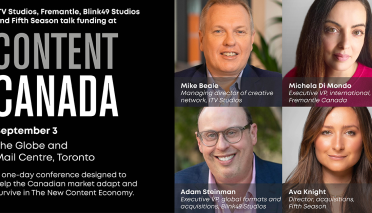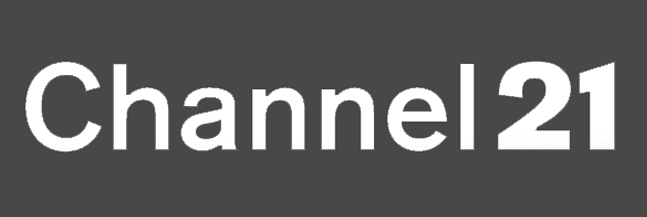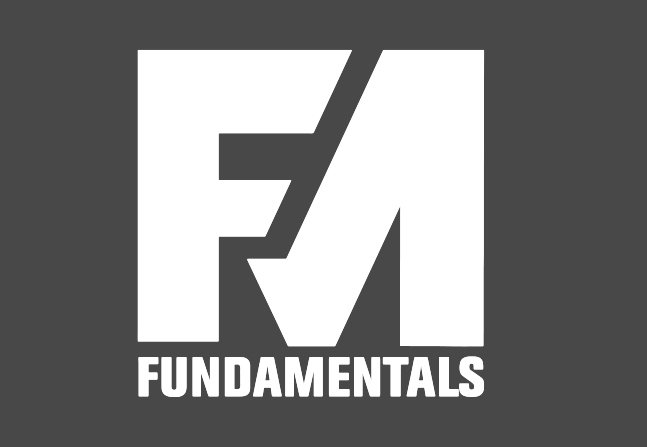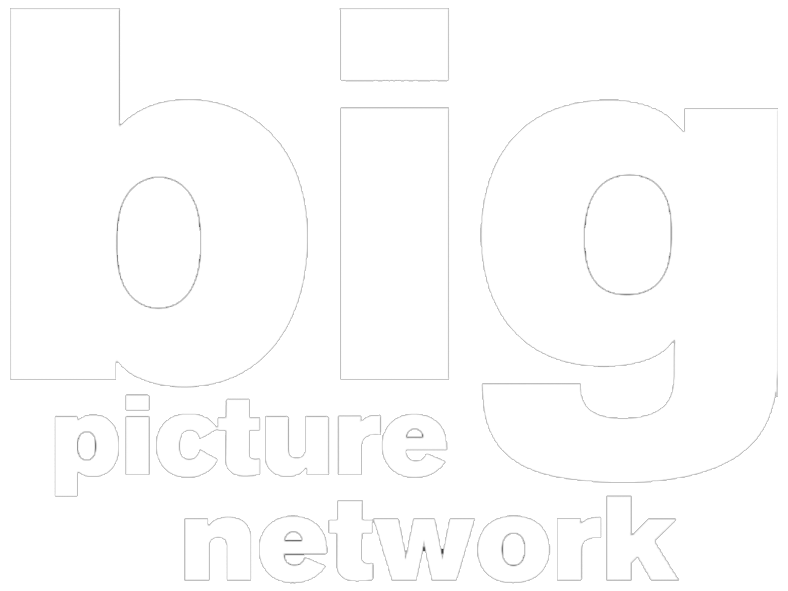Years of handwringing at the Edinburgh TV Festival around fears Netflix and Amazon were coming to eat domestic TV broadcasters’ lunch feel quaint in comparison to an era of existential dread brought on by the dominance of YouTube and TikTok.
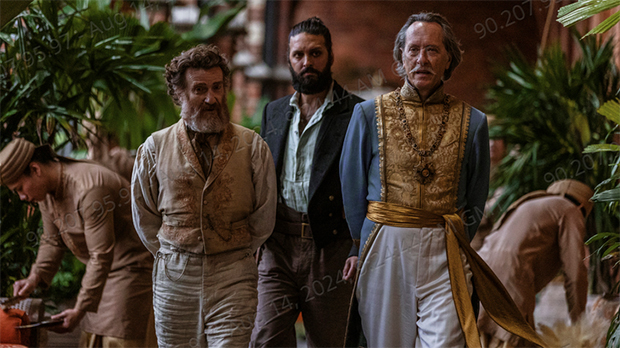
Disney+ offloaded original Nautilus to rival Prime Video
Back in the late 2010s, buyer sessions at events like the Edinburgh TV Festival (ETVF) with Netflix and Prime Video were abuzz with anticipation as the industry craned its neck to learn more about their respective commissioning strategies.
Fast forward a few years and there is an air of predictability around them now as they inevitably call for “big, bold and ambitious” projects – without going into specifics of any kind.
Netflix in the UK is unabashedly mainstream and, when looking at its unscripted output, could be mistaken for a premium version of commercial broadcaster ITV, with documentaries about Victoria Beckham, Take That and Gordon Ramsay making up the bulk of its ETVF announcements this year.
Prime Video remains as obsessed with explosions and gunfights as a Cub Scout with pyromania, with a thriller about a retired assassin the most recent addition to its UK slate in partnerships with Stan in Australia and ZDF in Germany.
Disney+, meanwhile, has burned the brightest of all, dishing out a flurry of big-budget commissions during the pandemic and its aftermath. However, just as quickly as it had arrived on the scene, it retreated as part of the Mouse House’s great streaming correction, even offloading originals such as Nautilus to rival streamers.
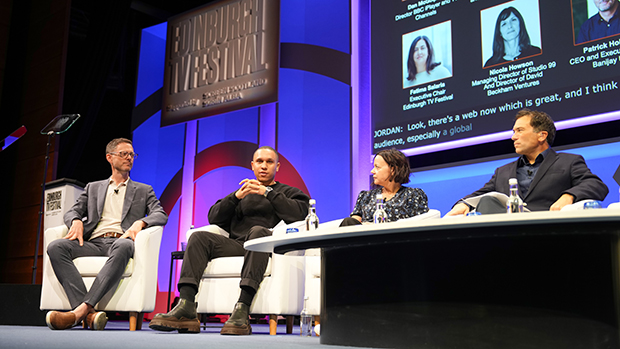
The Back From the Brink: Reimagining the Future of Television session at ETVF 2024
It remains in the market for new international shows, but an absence of commissioning announcements during its ETVF session highlighted a more cautious approach to non-US originals, which its team would no doubt suggest was a preference for quality over quantity.
There’s no doubt Netflix, Prime Video and, to a lesser extent, Apple TV+ have irrevocably changed the UK production sector with their huge but unpredictable levels of investment in programming.
But their main impact has been to polarise the market, as ever glossier series made by a select few production companies distorted the equilibrium, while bread-and-butter commissions from traditional TV broadcasters have diminished to throw the country’s production sector into crisis.
More than anything, the streamers’ current strategies highlight that, while in audience terms streamers are catering to the many, not the few, it’s the opposite when it comes to how many suppliers they work with to get these smattering of shows made. Cue apocalyptic headlines about the future of the UK’s independent TV sector last week.
ETVFs of years gone by were dominated by news stories indicating the shifting power balance between the domestic broadcasters and increasingly aggressive US SVoDs, be it Netflix poaching Black Mirror from Channel 4 or the repercussions of Prime Video becoming the new home of the Top Gear team. Meanwhile, the BBC and ITV would squabble about overnight ratings and scheduling clashes. Looking back with hindsight, those sessions were very much cases of bald men (hello) arguing over a comb.
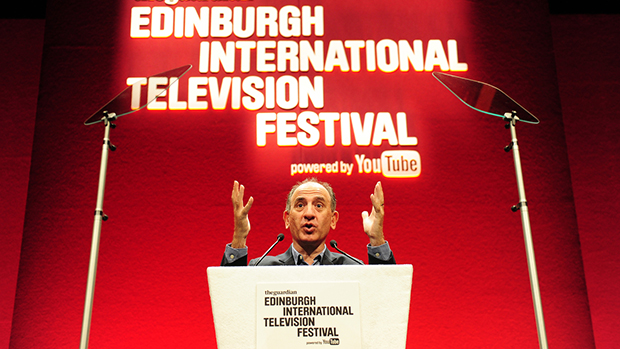
MacTaggart Lecture presenter Armando Iannucci was powered by YouTube in 2015
But the industry’s woes are not a symptom of audiences shifting to SVoD services. In that scenario, far fewer production companies would be going bust. Instead, broadcasters and SVoDs alike are united in a battle to preserve the concept of a humble 6×30′ TV series against an onslaught of shortform clips and user-generated longform watched on social video platforms such as YouTube and TikTok.
These two especially have gone under the radar, the latter having only popped up in 2018, a time when the acronym FAANG (Facebook, Apple, Amazon, Netflix, Google) was all the rage to encapsulate the various teeth biting into the traditional media ecosystem.
Between 2011 and 2021, Google-owned YouTube was a major partner of the ETVF and a key part of the event’s branding, with the phrase “powered by YouTube” adorning the stage for keynote speeches including the iconic MacTaggart Lecture, delivered during the ‘Golden Age’ of television by the likes of Armando Iannucci in 2015.
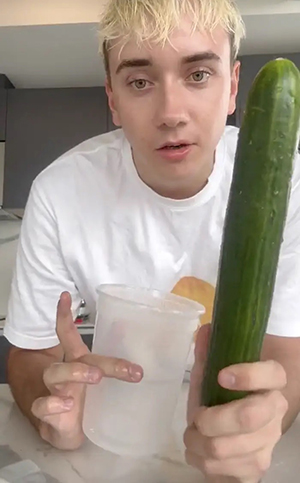
Cucumbers are disappearing from shelves due to a TikTok recipe
This was during a time when the platform was flirting with an originals strategy and an SVoD tier in YouTube Red, before realising people go to the platform looking for authentic creators and videos of horses’ hooves being cleaned rather than big-budget sci-fi shows.
YouTube is now the biggest player in the TV industry without having a single commissioner in its ranks. A complete shift in viewing habits that first turned the children’s TV industry on its head now has the factual and unscripted genres in its sights. As the New York Times put it last month, YouTube has taken over our television screens while children are now discovering Grey’s Anatomy on YouTube Shorts and watching whole episodes on phones in bitesize clips.
ASMR. Unboxing. Walking the width of England in a straight line. What a TV commissioner would previously dismiss as “a bit niche” now command huge global audiences thanks to the potential of viral video trends. It used to be that popular cookery shows would cause mass shortages of certain items in supermarkets – now cucumbers are disappearing from supermarket shelves due to a viral TikTok recipe.
YouTube is awash with videos with titles like How to Pick the YouTube Niche Most Likely to EXPLODE, 3 Proven High CPM YouTube Niches in 2024, If I Started a YouTube Channel in 2024 I’d Pick This Niche and How I Created a $60,000/month Faceless YouTube Channel Using AI. But such things are not the foundation of a healthy industry.
The rise of the creator economy has led to YouTube being described by its bosses as the new home of “independent television,” an artform the UK industry knows plenty about given the decades of success its indie production sector has enjoyed since the 1990s.
IP ownership forged by the country’s terms of trade gave these indies the ability to sell their shows around the world, many of them growing so large that even the phrase ‘superindie’ wasn’t expansive enough to describe their size.
In 2024, we’re still talking about IP and independent producers, but in today’s media market, IP is something to be acquired rather than created.
Risk-averse commissioners crave the security of a piece of IP, creating a situation that has caused IP values to skyrocket and forced small to medium-sized indies to fish in ‘IP-adjacent’ waters, such as cosy crime or holiday-themed programming, to get a show off the ground. Meanwhile, platforms like Roblox and Fortnite are normalising the idea of playing with IP in a way that copyright laws have ensured TV companies would never even consider was possible.
The result is that independent producers need to explore other potential revenue streams to survive. Areas such as branded entertainment, which at its best can create outrageously good shows – for example, pretend-Australian beer Foster’s funding of Alan Partridge’s Mid-Morning Matters back in 2010 – but most often resemble glorified adverts for the travel sector or drinks industries.
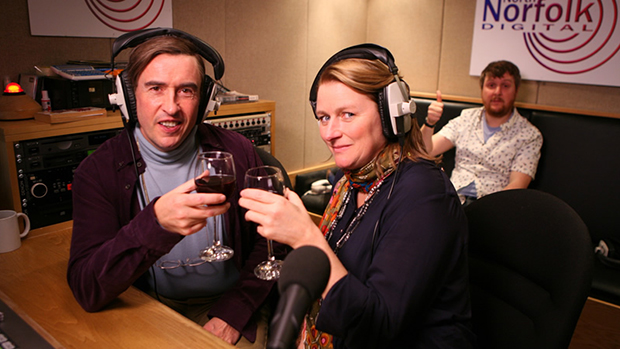
Foster’s funded Alan Partridge’s Mid-Morning Matters as long ago as 2010
In the US, news broke last week that fast food outlet Chick-fil-A, the third-largest restaurant chain in the country, is set to launch its own streaming platform, going direct-to-consumer with a slate of originals like it’s 2018 all over again. Could Greggs, the UK bakery chain whose profits have soared since the pandemic, step up to the plate in the UK?
Other perhaps more realistic revenue streams available to UK indies include creating content specifically for YouTube, TikTok and other social video platforms, despite one panellist at ETVF last week admitting these apps are “re-wiring our brains” and “messing with our mental health.”
Meanwhile, just as YouTube once sponsored the ETVF, TikTok was this year’s sponsor of the Edinburgh Festival Fringe. The enormous arts festival simultaneously makes staying in the Scottish capital impossible for your average TV freelancer in the month of August but, in all its analogue glory, is refreshingly offline.
Around a quarter of a million people paying (varying amounts) of money to watch 45- to 60-minute performances without interruption by comedians and artists, plenty of whom will be in the early stages of their careers, should give some comfort to those despairing about the future of the entertainment industry.
Ironically, some of the most well-received comedians at this year’s Fringe have made a name for themselves on TikTok, highlighting the potential of a nascent ecosystem that TV producers must find a way to tap into.
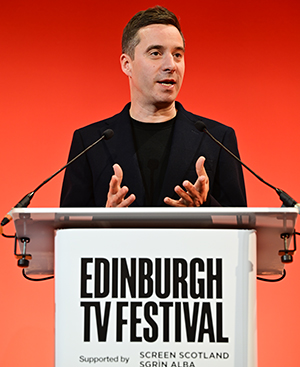
James Graham gave this year’s MacTaggart
The long-term viability of the Fringe, of course, is an issue of its own and, similarly to the TV industry, the festival needs to take steps to prevent itself from becoming the preserve of middle-class people who can afford to roll the dice on such a financially precarious endeavour.
As C21’s Clive Whittingham made clear a year ago, and this year’s MacTaggart Lecture from writer James Graham also set out, the mass exodus of talent from the embattled British TV industry will only exacerbate existing problems around class and social mobility without a coordinated industry response.
The problem facing the industry, however, is that TikTok – the very platform taking up so much of its audience’s attention – is, according to a panel of digital experts at ETVF, already a meritocracy. Meanwhile, unlike BBC iPlayer or Netflix but similar to Instagram and YouTube Shorts, it is incredibly addictive. Not in a ‘just one more episode before bed’ kind of way but in a ‘dopamine spikes happening in quick succession altering our brain chemistry’ way. Looking back, it makes binge-watching a boxset of The Wire in the 2010s feel as refined as reading Moby Dick.
Moreover, the social video apps’ gatekeeper-less structures have put the ability to create audiovisual content in the hands of anyone with enough of an imagination to do it, regardless of which part of the country they grew up in or what school they went to. Video-based generative artificial intelligence tools have the power to supercharge that trend.
One saving grace may be that the impact of technological change is often slower than we suspect. Mark Zuckerberg is still waiting for us to join him in the metaverse, after all. UK TV producers who have resisted downloading TikTok or launching a YouTube channel were told it’s not too late at ETVF last week. However, they might do well to download a meditation app at the same time if they value their mental health.







